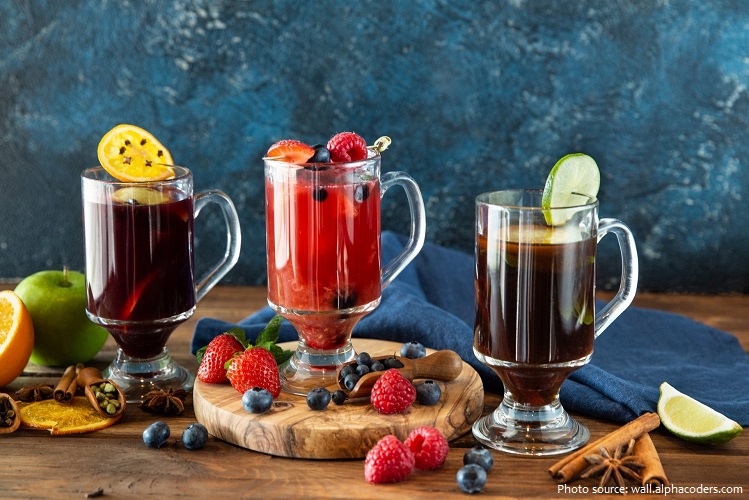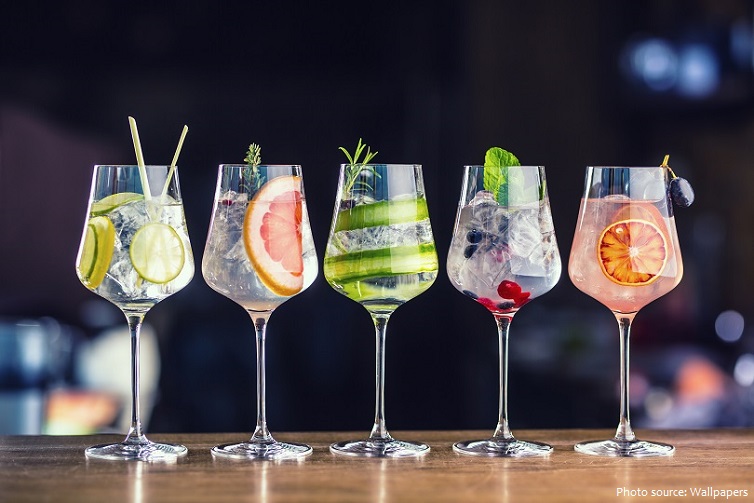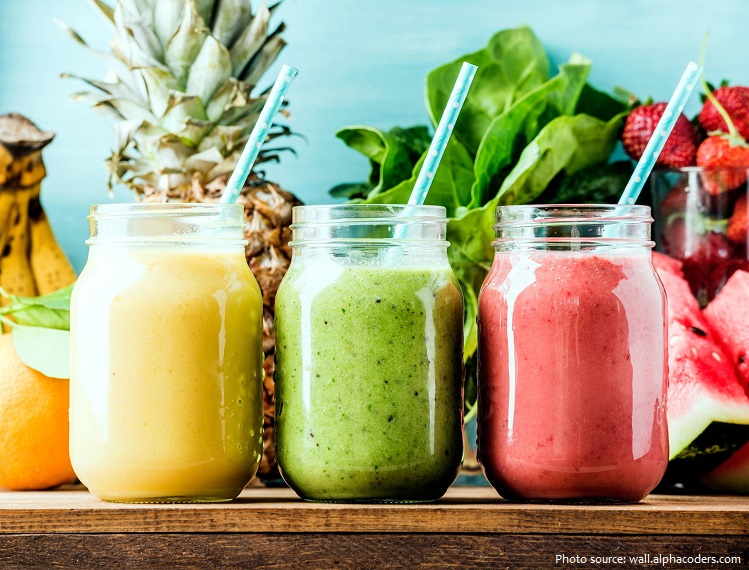
A drink or beverage is a liquid intended for human consumption.
In addition to their basic function of satisfying thirst, drinks play important roles in human culture.
Common types of drinks include plain drinking water, milk, coffee, tea, hot chocolate, juice and soft drinks.
In addition, alcoholic drinks such as wine, beer, and liquor, which contain the drug ethanol, have been part of human culture for more than 8,000 years.

It is estimated that humans have consumed dairy products from cows, sheep and goats for at least 10,000 years. Archaeological evidence from as far back as the Neolithic revolution (8,000 BC), points to the use of milk in Europe, the Middle East, Africa and Asia.
Squeezing fruit to drink the liquid inside is something that humans have done also for thousands of years. probably no other type of juice is as popular as orange juice.
Beer was the first alcoholic beverage known to civilization: however, who drank the first beer is unknown. Indeed, the first product humans made from grain and water before learning to make bread was beer.

The history of wine spans thousands of years and is closely intertwined with the history of agriculture, cuisine, civilization and humanity itself. Archaeological evidence suggests that the earliest wine production came from sites in Armenia, Georgia, and Iran, dating from 8000 to 5000 BC.
According to Chinese legend, the history of tea began in 2737 BC when the Emperor Shen Nong, a skilled ruler and scientist, accidentally discovered tea. While boiling water in the garden, a leaf from an overhanging wild tea tree drifted into his pot. The Emperor enjoyed drinking the infused water so much that he was compelled to research the plant further. Legend has it that the Emperor discovered tea’s medicinal properties during his research.

There are several legendary accounts of the origin of coffee. The most famous legend involves a 9th-century Ethiopian goat-herder, Kaldi, who, noticing the energizing effects when his flock nibbled on the bright red berries of a certain bush, chewed on the fruit himself. His exhilaration prompted him to bring the berries to a monk in a nearby monastery. But the monk disapproved of their use and threw them into the fire, from which an enticing aroma billowed, causing other monks to come and
investigate. The roasted beans were quickly raked from the embers, ground up, and dissolved in hot water, yielding the world’s first cup of coffee. The earliest credible evidence of either coffee drinking or knowledge of the coffee tree appears in the late 15th century, by Sufi Imam Muhammad Ibn
Said Al Dhabhani who is known to have imported goods from Ethiopia to Yemen.

The word “Vodka” is derived from the Slavic word Voda, meaning “water,” then K was added and it became Vodka. The first record of the production of vodka comes from the 9th century Russia, and the first distillery was mentioned in the Russian newspaper Vyatka Chronicle two centuries later in 1174.
The word “whiskey” comes from the Gaelic uisge, a shortened version of uisge beatha meaning “water of life,” also known as aqua vitae in Latin. Whiskey was originally used as a medicine, both as an internal anesthetic and an external antibiotic. Distilling techniques were brought to Ireland and Scotland sometime between 1100 and 1300 by monks. Since wine was not easily obtained there, barley beer was distilled into a liquor which became whiskey.

Champagne is a sparkling wine that comes from the Champagne region of northeastern France. The “sparkle” in wine was discovered by accident in the 17th century. Contrary to popular belief, the Abbey of Hautvillers cellar master Dom Pérignon did not invent Champagne however, he did pioneer
many practices that enhanced both the taste and quality of Champagne. English physician Christopher Merret documented the addition of sugar to a finished wine to create a second fermentation, six years before Dom Pérignon set foot in the Abbey of Hautvillers.

Soft drinks are some of the most popular beverages in the world. The first marketed soft drinks (non-carbonated) appeared in the 17th century. They were made from water and lemon juice sweetened with honey. The first carbonated soft drinks appeared in late 18th century. Today, over 34 billion
gallons of soft drinks are sold in over 200 countries each year.
Soft drinks are called “soft” because they don’t contain alcohol. They are called by many other names – the most popular are soda, pop, coke, soda pop, fizzy drinks, and carbonated beverage.

Coca-Cola often referred to simply as Coke is a carbonated soft drink produced by The Coca-Cola Company. It is the most popular and biggest-selling soft drink in history, as well as one of the most recognizable brands in the world. Originally intended as a patent medicine, it was invented in
1886 by John Pemberton. Coca-Cola was patented in 1887, registered as a trademark in 1893 and by 1895 it was being sold in every state and territory in the United States.
An alcoholic mixed drink that contains two or more ingredients is referred to as a cocktail. There is a lack of clarity on the origins of cocktails. Traditionally cocktails were a mixture of spirits, sugar, water, and bitters. By the 1860s, however, a cocktail frequently included a liqueur. The term
is now often used for almost any mixed drink that contains alcohol, including mixers, mixed shots, etc.

A milkshake is a sweet, cold beverage. The word “milkshake” first appeared in print in 1885. At this time, milkshakes were an eggnog-like drink made with whiskey. However, by the turn of the century, milkshakes were no longer alcoholic and were made with flavored syrups, such as vanilla, chocolate, or strawberry. The evolution of this drink has a lot to do with the invention of electric blenders in 1922.
A smoothie is a thick and creamy beverage. For hundreds of years Mediterranean and Eastern cultures have served pureed fruit drinks that resemble what is smoothie today. The history of the smoothie is also closely associated with the invention of the blender, as smoothies would not have come to existence if it weren’t for the blender. Also essential to the smoothie’s evolution was the rise of refrigeration in the early twentieth century.

An energy drink is any beverage that contains high levels of a stimulant ingredient, usually caffeine, as well as sugar and often supplements, such as vitamins or carnitine, and that is promoted as a product capable of enhancing mental alertness and physical performance. An energy drink is
relatively new invention. The era of energy drink started during 1962 with Lipovitan D by a company named Taisho in Japan.
A nightcap is a drink taken shortly before bedtime to induce sleep. For example, a small alcoholic drink or a cup of warm milk can supposedly promote a good night’s sleep. Today, most nightcaps and relaxation drinks are generally non-alcoholic beverages containing calming ingredients.